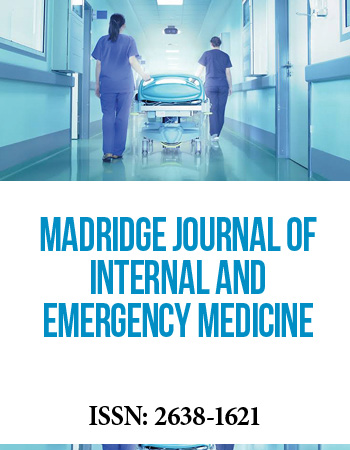International Translational and Regenerative Medicine Conference
April 25-27, 2018 | Rome, Italy
Stem Cells Improve Kidney Function and Remodelling in CRS Type II
1Departmentof Cardiac, Thoracic and Vascular Sciences, University of Padua, Italy
2Department of Biomedical Sciences, University of Padua, Italy
3Department of Women and Children Health, University of Padua, Italy
4Internal Medicine, S. Antonio Hospital, University of Padua, Italy
Background: We investigate the effects of human amniotic fluid stem cells (hAFS) and rat adipose tissue stromal vascular fraction GFP-positive cell (rSVC-GFP) therapy in a monocrotaliner at model of cardio-renal syndrome type II (CRSII).
Methods: RHF was induced by monocrotaline (MCT) in Sprague-Dawley rats. Three weeks later, four million of hAFS or rSVC-GFP were injected via tail vein. BNP, sCreatinine, kidney and heart NGAL and MMP9, sCytokines, kidney and heart apoptosis (TUNEL technique) were studied. Stem Cells (SC) engraftment was detected with immunofluorescence.
Results: SC treated rats showed a significant reduction of serum NGAL and Creatinine (NGAL 335.6±92.60 sCrea 0.36±0.05, p= 0.01) compared to CHF rats. In both hAFS and rSVC-GFP group, kidney protein expression of NGAL was significantly lower than in CHF group (SC 2.6*106±1.2*106 vs HF 5.1*106 ± 1.5*106 A.U., p=0.0008) and similar to that to controls. In both hAFS and rSVC-GFP treated rats, we observed a substantial number of SC engrafted in the medulla and differentiated in tubular cells. Apoptosis was significantly decreased (hAFS 10.29±10.81 and rSVC-GFP 24.82±25.19 cells/mm2, p=0.05 vs CHF) and similar to controls (9.85±7.2 cell/mm2). TUNEL-positive cells were mainly located in the kidney medulla. Pro-inflammatory cytokines were down regulated in SC-treated groups (p=0.05 vs CHF) and similar to controls. In SC treated rats, kidney and heart tissue NGAL was not complexed with MMP9 as showed in CHF groups, suggesting inhibition of MMPs activity.
Conclusion: SC treatment produced improvement in kidney function in rats with CRSII. This may be the results of tubular regeneration due to SC engraftment, decrease tubular cells apoptosis and mitigation of pro-inflammatory milieu. Reduction of NGLA-MMP) complexion mainly to decrease MMPs activity with prevention of further negative heart remodeling
Biography:
Dr. Chiara Castellani, is the Assistant Professor in Technical Sciences of Laboratory Medicine. (University teaching of “Cyto and histopathological diagnosis” and part of courses of Pathological Anatomy.) Dr. Chiara got her Ph.D. in Cardiovascular Pathology (2007) & achieved thanks to a research on “Cardiac and non-cardiac stem cells in heart transplant and cardiac hypertrophy remodelling”. She completed her Specialty training in Clinical Biochemistry (March 2013). She has been a visiting research fellow at the Washington University in Seattle, WA (2006), where she worked under the supervisor ship of Prof. Charles Murry on the heart remodeling and stem cells.
Research lines: i) Stem cells and cardiac remodelling; ii) stem cells and cardio renal syndrome; iii) cardiac amyloidosis; iv) Cardiac allograft vasculopathy; v) Exosomes and miRNA in heart and kidney transplantation.
The outcome of her research was presented through oral presentations and posters during many national and international meetings. She had published papers in international ISI journals and one book chapter (HI=11 and citations)


